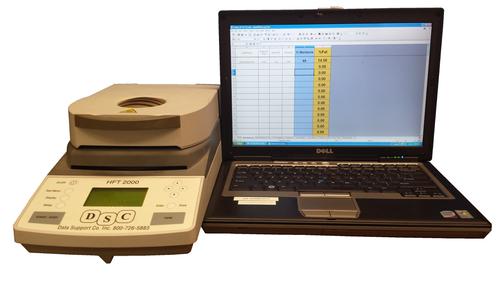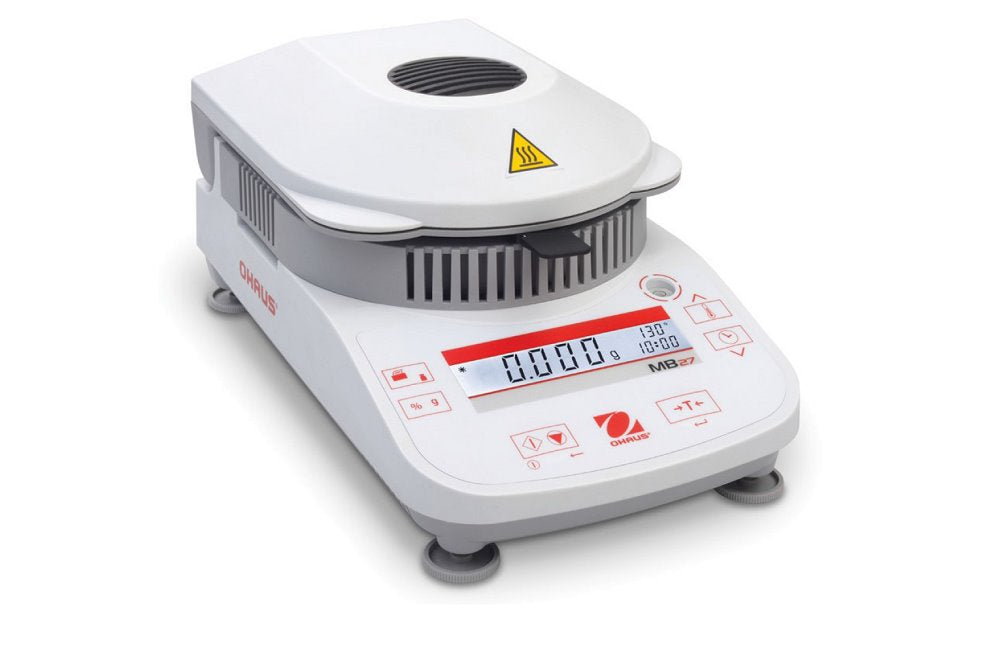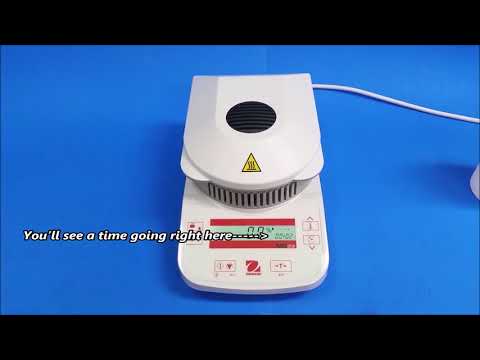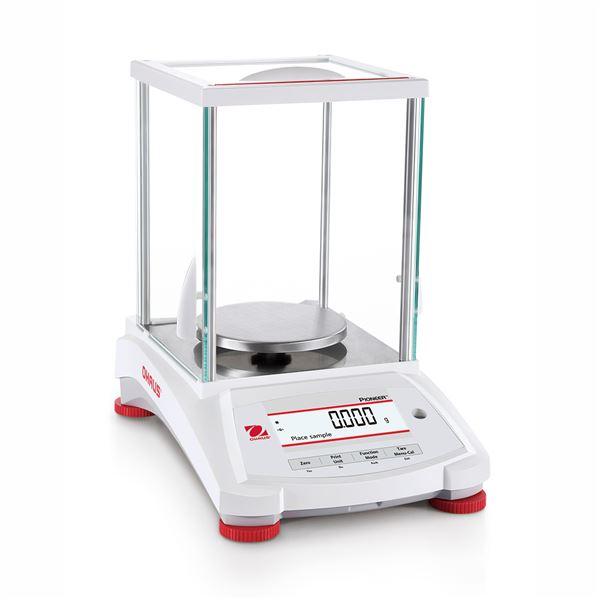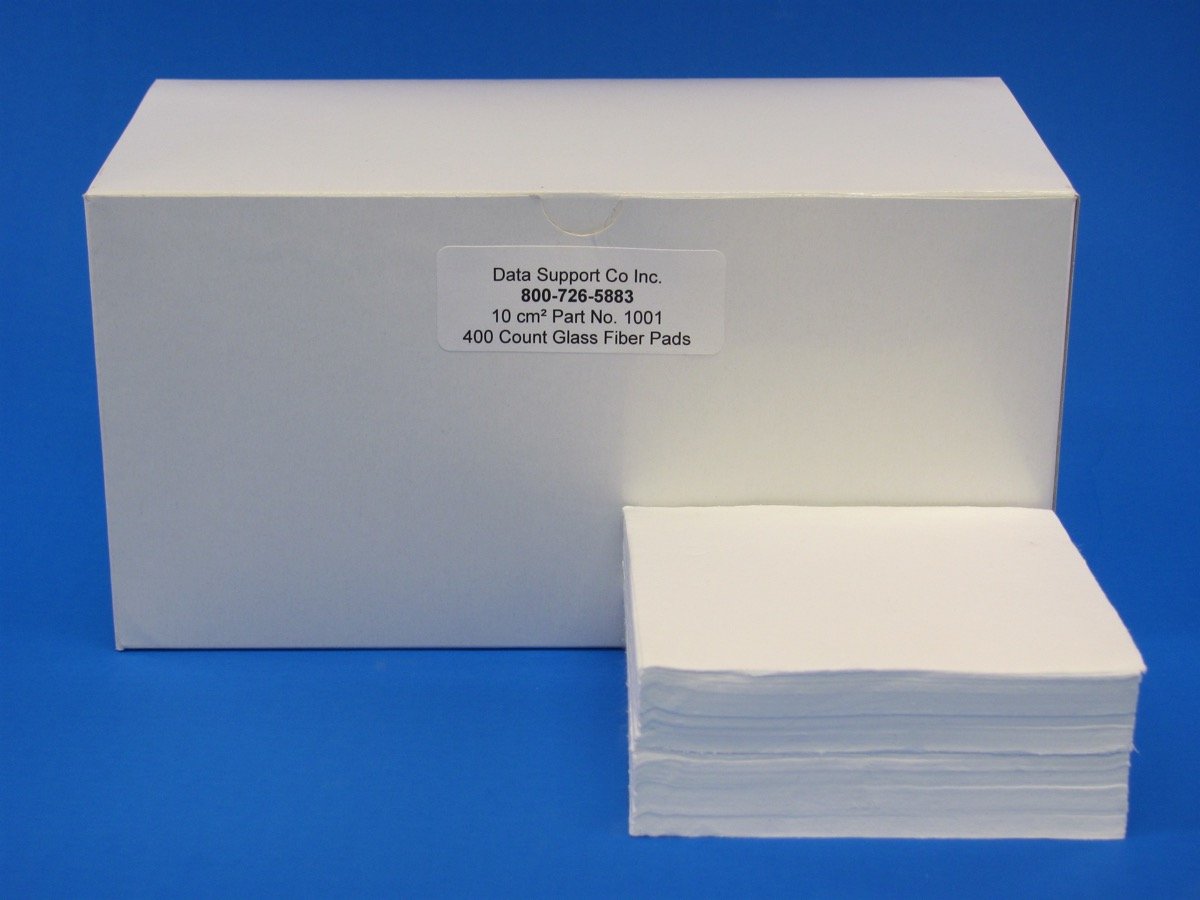In this article, I will compare and contrast the Univex Drip-Method Fat Analyzer and the DSC Digital Fat Analyzer. The DSC Digital Fat Analyzer is a superior Fat Tester compared to the Univex Drip-Method Fat Analyzer because it is more accurate, repeatable, and profitable. But before we get into the comparisons, we must first understand how each method of fat analysis works.
The Drip-Method uses a premeasured amount of meat which is heated and mixed with fat and water where a user is to determine the fat content volumetrically. After running the first test for fat content, Univex users are then required to repeat this test an additional two more times. When finally all three tests have been completed, the user is required to take the results from all three tests and average them for their final fat content.
The DSC Digital Fat Tester uses a complex formula that utilizes correlation between moisture and fat along with texture where the fat content will be displayed on a digital screen. The Fat Analyzer uses a weighing balance where meat (beef, pork, and poultry) is loaded onto the scale. After meat has been placed on the scale, the user will then close the lid and press the start button. Shortly thereafter the DSC Fat Tester beeps, signaling the end of the test and where the user can simply read the LED display with the correct fat content on the screen.
The DSC Fat Analyzer is a more accurate Fat Tester compared to the Univex Fat Analyzer.
- The DSC Fat Tester is accurate give or take within half of a percent (.5%) while the Univex Fat Analyzer is accurate give or take within two percent (2%).
- Another disadvantage the Drip Method Fat Analyzers have is the fact that these analyzers require a minimum of twenty percent (20%) fat content otherwise anything below 20% makes the accuracy plummet. As oppose to the Drip-Method Fat Analyzer, the DSC Fat Analyzer is capable of providing accurate results as low as 1% fat.
- Another aspect of the Drip Method that is quite detrimental to the fat determination process is the Univex Fat Analyzer does not come with a print out or any sort of recording data function. Instead, the operator of the equipment is left to record his own data on a manual log sheet which leaves room for a lot of human error. Unlike the Univex, the DSC Fat Tester is able to print test results with the additional purchase of a DSC printer. If you do not care to print your results then your results will display themselves on the unit when the test has concluded.
- As a side note, the DSC Fat Analyzer is glass free to ensure there is no glass contamination in meat production. On the contrary, the Drip-Method Analyzer has glass vials that make it easy for the user to contaminate meat. The DSC Fat Analyzer is simple to use for anyone without any laboratory or equipment experience.
The repeatability of the DSC Fat Analyzer is comparable to that of an AOAC (Association of Official Agricultural Chemists) approved Fat Extractor and we have data to support this claim. AOAC is a nonprofit organization designed to publish standard chemical analysis methods to improve confidence in results. So whenever a methodology is certified by the AOAC, it means the method is the standard for the industry. In our case, the Soxhlet Fat Analysis Method is the most accurate fat analysis method to date but unfortunately machines that perform this method of fat extraction are quite expensive, hazardous, and require extensive training. So, we took the Soxhlet Fat Analysis Method and the DSC Digital Fat Tester formula and sent them to separate laboratories for data analysis. The Soxhlet analysis was carried out by Opus MQT and the DSC Digital Fat Analyzer test was done by TGS Brooklyn Boning Room. The results from both methodologies are strikingly similar. Below is a graph where the summary of the data is comparing the outcomes of both methodologies. The R2 value for the linear regression line was calculated to at .995822. Basically, R-Squared ranges between 0%-100% and the closer R2 is to 100% then the closer the model below explains all the variability responses around the mean. Vice versa, the closer the data is to 0% the more the model explains none of the variability responses around the mean.

If you have read this far down into the article you’re probably wondering, why you should care about having your fat tester be so accurate? The answer is simple at the end of the day, profit. For example, let’s say hypothetically you are selling meat (i.e. ground beef) in your store marked down as 15% fat but since you do not use a DSC Fat Analyzer or are currently using a Drip Method Analyzer your fat readings are inaccurate. Your actual finished product is selling on your store floor at 12% fat and let’s assume your volume of meat is 5,000 lbs. per week and your sale price is $2.20/lbs. Over the course of the year, this store will lose $14,250 (USD) of potential profit. The solution to this problem is the DSC Fat Analyzer which as of this writing is listed on our website for $1,600 (USD). That means if this very store bought a fat analyzer today then they could potentially pay-back the cost of the fat analyzer is less than 3 months by simply fixing the problem of inaccurate fat testing methodology. Please see calculation below:
Formula
Annual Volume x (%Deviation Below Target) x (Selling Price per lb – Fat value per lb) = Increased profit
Actual Computation
250,000 lbs per Year x (3% Loss on Fat) x ($1.90/lb)= $14,250.00 PER YEAR

